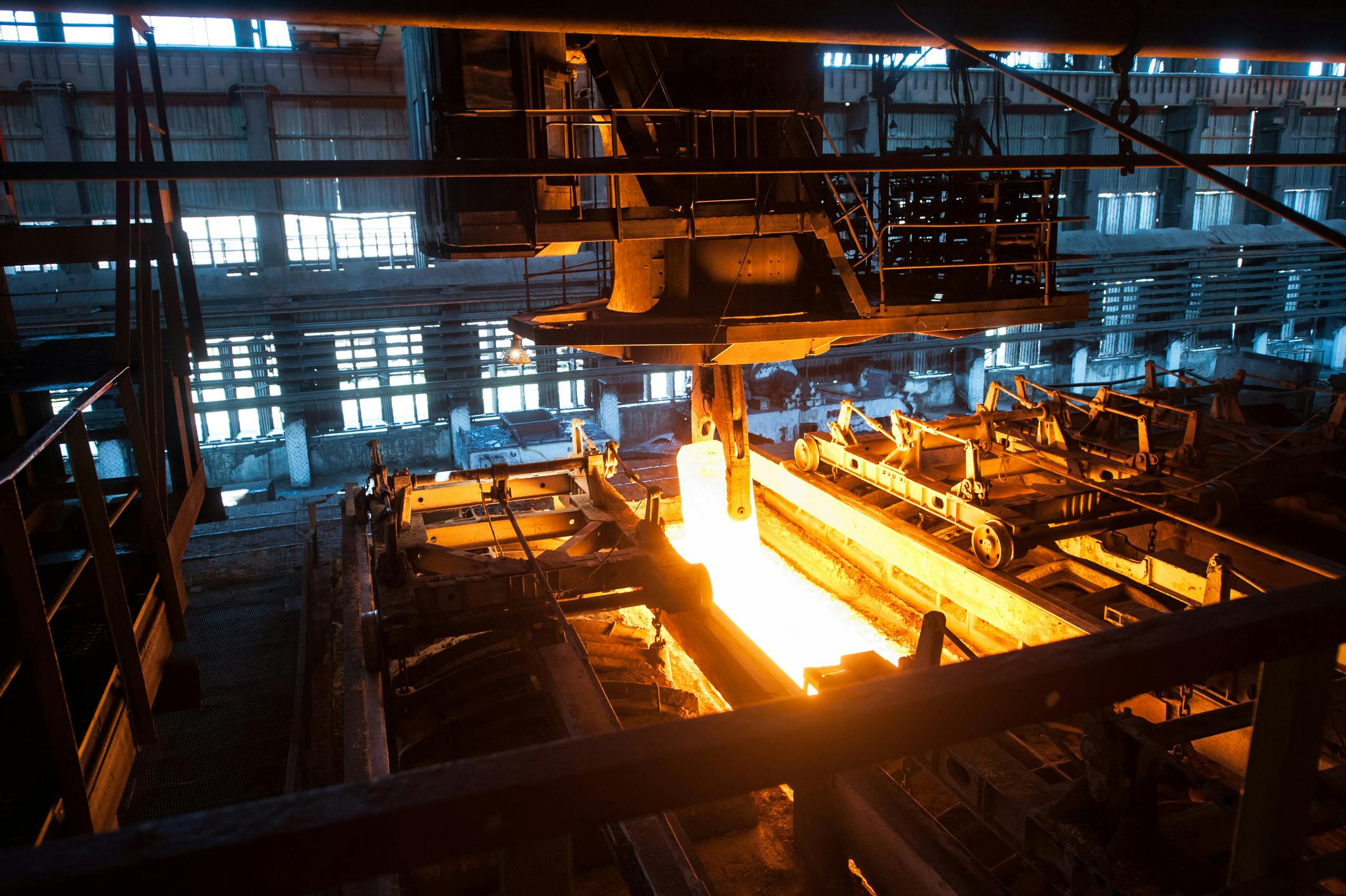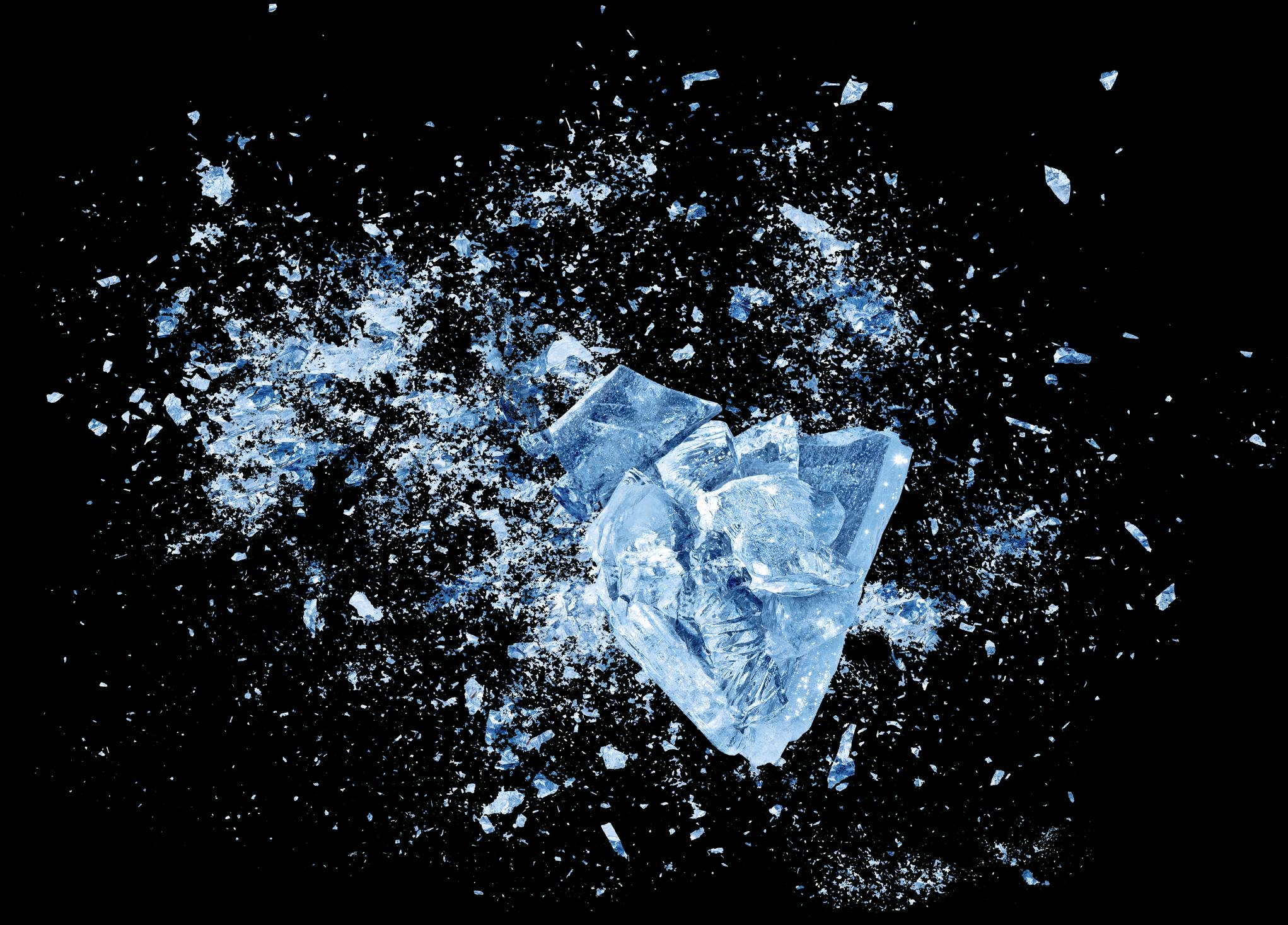Discover how to prevent thermal shock, protect your equipment, and maintain a safe, comfortable environment amidst rapid temperature fluctuations.
Article
Thermal Shock: How to Avoid Sudden Temperature Changes
By Luisa Carranza
R&D Projects Facilitator – NUTEC

Thermal shock is a phenomenon that often goes unnoticed but can potentially devastate various industrial and domestic applications.
This article will delve into thermal shock, emphasizing its significance and exploring effective prevention strategies.
What is thermal shock?
Thermal shock occurs when a material is subjected to rapid and extreme temperature changes. This sudden shift creates internal stresses that can cause the material to crack or fracture. Examples of thermal shock range from a simple cracked ice cube to the catastrophic failure of industrial machinery components.
The root cause of thermal shock lies in the differing rates at which materials expand and contract when exposed to temperature fluctuations. These uneven expansions and contractions generate internal stresses that can ultimately lead to material failure.
Thermal resistance is critical in mitigating thermal shock, especially in high-temperature environments. This property defines a material's ability to withstand heat transfer and helps prevent the rapid temperature changes that cause damage.
In the following section, we will explore in more detail the factors that contribute to this phenomenon.
Pro Tip: Regularly inspect your equipment for early signs of thermal shock, including unexpected cracks, deformations, changes in material texture, or sudden performance issues.

Which factors contribute to thermal shock?
- Temperature. Each material has its range of thermal shock resistance. For example, it may withstand low temperatures but crack when exposed to higher ones.
- Rate of Temperature Change: Abrupt temperature fluctuations induce stress, leading to cracking or fracturing, similar to an ice cube in hot water. Conversely, gradual temperature changes allow for material adaptation and prevent premature damage.
- Chemical composition. Materials can be broadly classified into two categories based on their structure: crystalline and amorphous. Crystalline materials, such as ceramic fibers composed of alumina and silica, typically exhibit a regular arrangement of atoms. This ordered structure generally results in superior resistance to thermal shock compared to amorphous materials.
- Thickness. Thinner materials tend to be more resistant to thermal shock as they can effectively disperse heat. On the other hand, thicker materials tend to retain heat at an exact point, generating stress and fracture.
- Heat treatment. Some processes transform the integrity of the material, for example, annealing. As it is a process that adds temperature, it can change the product's chemical structure from ordered to amorphous.
NUTEC’s product catalog features several materials with varying compositions and thermal shock resistance:
- Ceramic fiber. With an alumina and silica composition, such compounds can achieve high thermal insulation capacity with a maximum use temperature of 2300⁰F (1260⁰C). Furthermore, adding zirconia can increase the operating temperature to 2600°F (1425°C).
- Low Biopersistence Fiber (LBP). Also known as soluble fiber, LBP is composed of calcium, silica, and magnesium. It can withstand temperatures up to 2200°F (1200°C).
- Polycrystalline fiber. Formed of mullite or high alumina fiber, it can withstand temperatures of 3000°F (1650°C).
Remember that the ideal composition depends on the specific needs of each industrial process.
Did you know? Materials with an ordered crystalline structure, like certain ceramics and metal alloys, tend to be more resistant to thermal shock than those with amorphous structures. Prime examples of highly thermal shock-resistant materials include ceramic fiber and polycrystalline fiber.
What are the consequences of thermal shock?
Impact on materials and components
Thermal shock can have severe consequences on materials and components, including the following:
- Fragilization. Increases the probability of fracture.
- Fracture. It can lead to cracks and ruptures of critical components, resulting in costly repairs or outright replacements.
- Accelerated corrosion. Thermal shock can accelerate deterioration as damaged surfaces are more susceptible to environmental effects.
Impact on operational efficiency
In addition to physical damage, thermal shock can also have an adverse effect in the following ways:
- Energy inefficiency. Thermal shock in heating and cooling systems can cause increased energy consumption due to temperature fluctuation.
- Loss of productivity. In industrial environments, downtime due to thermal shock maintenance can result in significant productivity losses.
How to prevent thermal shock?
Smart design
Facilitating simulation for both redesigning the industrial process and applying thermal insulation solutions is essential. Likewise, we advise considering the following factors:
- Softer temperature gradients. Avoid designs that generate abrupt temperature gradients to extend the equipment's and the insulation's life. Designing systems that distribute heat or cold evenly is crucial.
- Material Compatibility. Choose products adapted to the needs of each particular industrial process. Selecting a product that only just copes with the operating temperature range is not a good approach.
Temperature control and regulation
For effective heat management in controlled processes, it is necessary to have the two following aspects in check:
- Heating and cooling ramps. These refer to the rates at which the temperature of a system or object is gradually increased or decreased over a specific period. Applying these concepts translates to an extended useful life of the equipment.
- Thermometers. Currently, more and more access to automated controls can give a real-time temperature reading throughout the process. Additionally, they can send alerts in case of any anomaly.
NUTEC’s experienced engineering team is ready to help you choose the ideal insulation solution for your industry.

Thermal shock by industry sector
- Aerospace. Airplanes and spacecraft operate in extreme environments. Therefore, engines and control systems must be protected to withstand sudden temperature changes during takeoff and landing, especially when traveling between different climatic regions.
- Automotive. Given components' exposure to high temperatures during combustion – from the engine to the exhaust systems – heat insulators contribute to avoiding failures and guaranteeing the vehicle's safety.
- Oil & Gas. Refining oil involves high temperatures in boilers and equipment, as well as sudden cooling processes. Thermal insulation increases thermal shock resistance and guarantees the equipment's integrity.
- Appliances. In a domestic setting, insulation can be found in ovens, which can reach internal temperatures ranging from 356°F (180°C) to 680°F (360°C) while the exterior is kept at a safe temperature. Thermal insulation prevents dangerous thermal shocks and allows safe operation.
Best practices
Planning and preventive maintenance
Proper planning and preventive maintenance routines are integral to avoiding thermal shock downtime. Implement the following best practices consistently:
- Regular inspection: Periodic equipment and system inspection helps detect wear or damage before the thermal shock occurs.
- Scheduled replacements: Plan replacements before any piece of equipment or insulation system reaches the end of its expected lifespan.
Staff training and awareness
Staff training and risk awareness are crucial to thermal shock prevention:
- Staff Training: Ensures staff is prepared and can effectively manage thermal shock.
- Awareness: Promotes understanding of the risks of thermal shock and the importance of following best practices.
Important: If a material has been damaged by thermal shock, take the following steps:
- Assess the damage. Carefully inspect the material and evaluate the severity of any cracks or fractures.
- Determine the course of action. Decide whether the material can be repaired or if it needs to be replaced entirely.
- Prevent future incidents.
- Implement preventative measures to avoid thermal shock in the future.
- Review and adjust your heating and cooling processes to minimize rapid temperature changes.
Final Thoughts
As we've explored, thermal shock can have devastating consequences for industrial equipment and processes. However, with a comprehensive understanding of the phenomenon and proactive measures, its impact can be effectively mitigated. Proper thermal insulation and sound operational practices are crucial steps in safeguarding your assets.
Effective thermal shock management protects equipment and enhances operational efficiency. It also improves overall safety and reduces costs associated with downtime and repairs. It's a valuable investment in any environment where fluctuating temperatures pose a risk.
Maximize the lifespan of your equipment and optimize your operations. Contact NUTEC's experts.
Want to Know More?
At NUTEC, we are committed to providing you with valuable content that helps you make informed decisions for your business. Thank you for taking the time to read this entry and we hope it provided you with insights that you can apply to your operations.
If you have any questions or would like to learn more about our products, please don’t hesitate to contact us.
To get in touch, simply fill out the form, and one of our experts will get back to you as soon as possible.